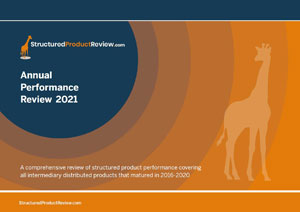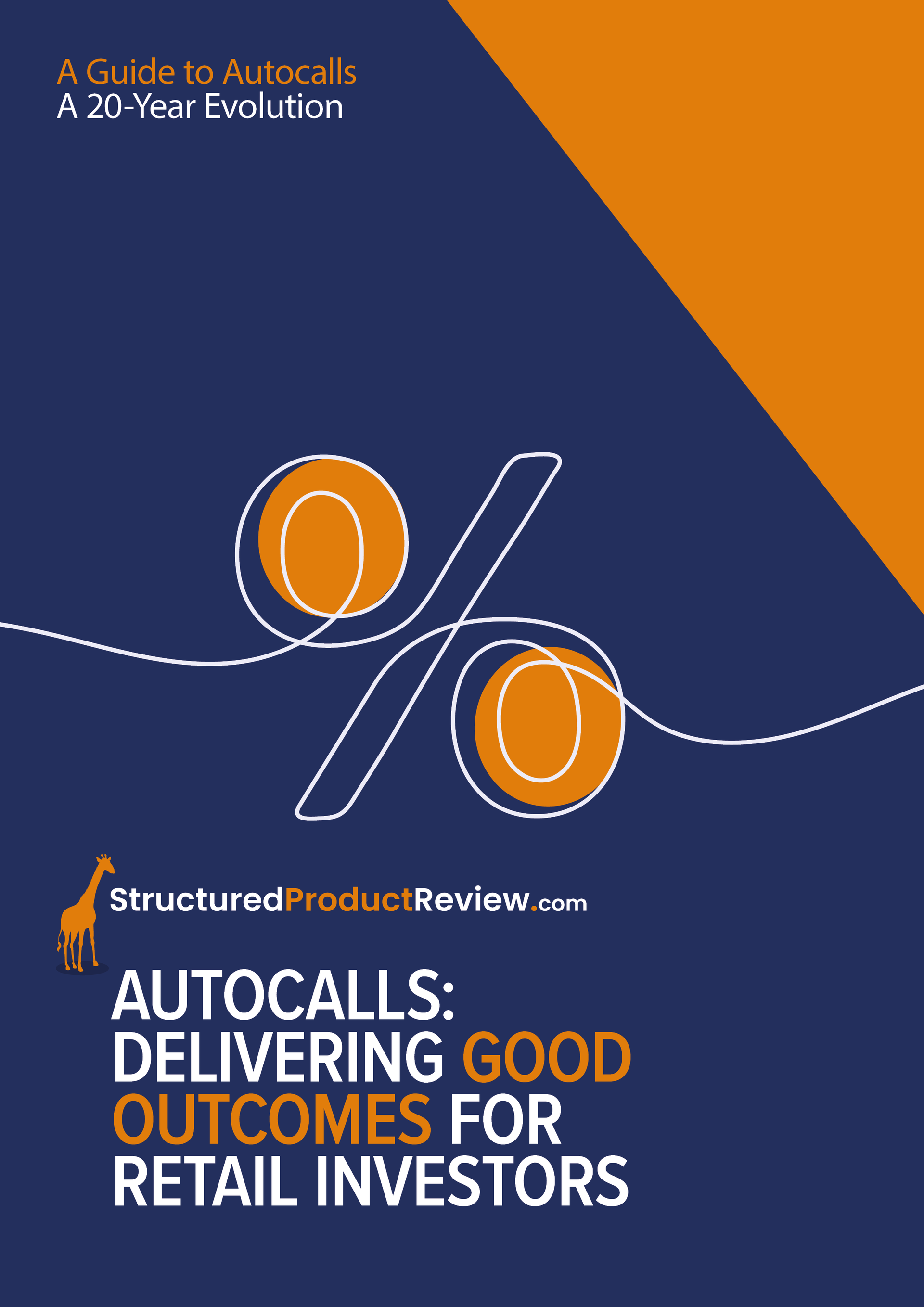Causeway Securities, 21st October 2022
The key to mitigate the impact of market uncertainty and to reduce potential losses caused by market volatility is to have a well-diversified portfolio aligned to long term investment objectives.
Investing in a range of different asset types with exposure to different sectors, countries, currencies will help to reduce the investment risk the portfolio is exposed to. This is because different asset classes generally react differently to certain market events. Nevertheless, designing an effective and efficient diversified portfolio can be seen as a complex and intimidating task especially in the current market environment of volatile equity markets and rising interest rates, where the conventional 60/40 portfolio construction is no longer an adequate foundation for solid investment returns.
Diversified portfolio can help to reduce risk in volatile times
To mitigate the impact of market volatility and to ensure long-term growth, a well-diversified portfolio must include a sufficient allocation of assets deemed defensive in nature or assets that do not move consistently in tandem with other holdings in a portfolio. These could be assets such as structured products, which are designed to provide a level of capital protection or predefined outcomes. The key benefit of structured products is that they may provide pre-agreed returns at flat and sometimes even slightly declining market conditions while making sure that client’s capital is safeguarded, partially or fully, in the long term.
Combining differing types of structured products in a portfolio may help to ensure you get defined results irrespective of the market conditions. For example, structured products that offer fixed return, may help to maintain a flow of income over an agreed period (monthly, quarterly, etc), whereas participation notes can enhance the positive exposure to any underlying while keeping the capital partially or fully protected until the end of the term.
Ensure the portfolio meets investors risk appetite
Similar to other investment vehicles, different structured products bear different levels of risk. It is important to ensure the structured products selected are aligned to the investors’ risk appetite and complement their wider portfolio.
Including structured products in the investment portfolio may help to optimise its overall risk/return ratio as they may offer not only capital protection but also stability and a level of certainty over potential future growth.
An important feature of structured products is that they enable the investors to remain exposed to equity market performance without significantly increasing the risk of their overall portfolio. This may help investors achieve their investment goals which may otherwise be unattainable. In other words, the investment goal may not be achievable with a balanced portfolio while an adventurous all equity portfolio may be too risky for the client’s risk profile.
Let’s look what this could look like in practise
Please note these examples are for illustration purposes only and not based on real market events. Structured products are capital at risk products, meaning whilst they may offer full or partial capital protection this is not guaranteed and is subject to the default risk of the issuer.
Product A - A 100% capital protected note, subject to issuer default risk, that offers investors 110% participation in the performance of an underlying equity index (for example FTSE 100) at the end of a 5-year term.
In five years’ time, the investor would expect to get their capital back and 110% of the upward performance of the FTSE 100, subject to issuer default risk. The growth received will not include any dividend payments as structured products use dividends to increase the participation and to finance the capital protection.
Product B - An income autocall note with 5-year term that offers the investor a predefined return of 7% p.a. linked to performance of an underlying equity index (for example European stock index). The return is payable on the given observation dates if the underlying is 85% or above of its initial level (this is known as coupon barrier). The product B also has a 60% capital protection barrier; this means investor will get all their capital back unless the market has fallen by more than 40% at maturity. In such situation the initial investment will be reduced on a one-to-one basis.
If in five years’ time, on the last observation date (assuming the 100% autocall barrier has not been broken on any of the previous observation dates) the underlying equity index is not down by more than 15% compared to the initial level, the investor would expect to get their capital back, as the capital protection barrier has not been broken, and a 7% (plus any previously missed coupons for each year invested; a total return of 35%), subject to issuer default risk.
‘The key difference of an income autocall and capital protected note is that the returns of income autocalls are more predictable than holding the underlying index fund while the capital protected product provides safety in market declines without a significant trade-off for the upside.'
Now, let’s consider a traditional portfolio of 40% equities and 60% bonds in different market scenarios: bearish, sideways and bullish market. The assumptions are summarised in the table below. If we simplify and replace the assets in a traditional portfolio with structured products, we can compare how both portfolios perform. It is important to ensure that the investor’s portfolio is aligned to their risk appetite. Therefore, in this example structured product portfolio the equity allocation is replaced by an income autocall, and the bond allocation is replaced by a capital protected product. The autocall will provide a potential income and add equity risk to the portfolio while the capital protected note will provide a level of security and potential capital growth.
|
Assumptions |
Equity |
Fixed income |
Structured product |
|
Bearish market |
-20% (10% dividends -30% price depreciation) |
-10% (10% income -20% price depreciation) |
Income received in year 1 and 2 from the income autocall |
|
Sideways market |
10% dividends |
10% income |
Income received every year from the income autocall |
|
Bullish market |
+40% (15% dividends + 25% price increase) |
+20% (10% income +10% price increase) |
Autocall proceeds reinvested with same 7% p.a. income |
Source: Causeway Securities, for illustration purposes only
5-year return comparison of traditional portfolio and portfolio of structured products
|
5-year return scenarios (total return) |
||||
|
Traditional portfolio |
Weight |
Bearish scenario |
Sideways market |
Bullish market |
|
Equity |
40% |
-20% |
10% |
40% |
|
Fixed income |
60% |
-10% |
10% |
20% |
|
Portfolio return |
-14% |
10% |
28% |
|
|
5-year return scenarios (total return) |
||||
|
Structured products portfolio |
Weight |
Bearish scenario |
Sideways market |
Bullish market |
|
Equity (Income autocall) |
40% |
14% |
35% |
35% |
|
Capital protected FTSE 100 |
60% |
0% |
0% |
28% |
|
Portfolio return |
6% |
14% |
31% |
|
Source: Causeway Securities, for illustration purposes only
Source: Causeway Securities, for illustration purposes only
Above simplified example of replacing the traditional assets in the portfolio with structured products with similar risk profile shows that the structured products portfolio has the potential to outperform the traditional portfolio in every market scenario. The outperformance is most significant in the Bearish scenarios where the protection feature is bringing the most value to the portfolio.
While most wealth managers would not replace all traditional assets in the portfolio with structured products, the example demonstrates that the overall portfolio performance, especially during bearish market conditions, may be improved by including structured products in the portfolio.
‘The overall portfolio performance, especially during bearish market conditions, may be improved by including structured products the portfolio.’
Conclusion
Structured products may be a good tool to add diversification into a portfolio as they may provide a level of predictability to the portfolio returns and, due to the asymmetric payoff profiles, they can be less correlated to the traditional assets. This means that, if the markets are flat or falling, structured products may reduce the downside risks and improve the risk/return ratio of portfolios.
Also in this section
- 2,000 and counting
- Q2 2024 maturity results
- 20 years of autocall maturities
- Product focus - June 2024
- Fixed income or interest?
- Maturities of the month - May 2024
- The barrier debate - revisited
- Product focus - April 2024
- Maturities of the month - April 2024
- Time to call
- I don't believe markets are ever too high for Structured products!
- Notes on counterparty exposure
- Return of Nikkei
- Q1 2024 issuance
- Q1 2024 maturity results
- Structured Products – AAAAAGH!
- Hop in CIBC
- Re-enter Santander
- How to build a financial fortune - revisited
- Issuance in 2023
- Where's the risk?
- Questionable offerings
- Challenging the case against structured products - 'Loss of dividends'
- Navigating the investment landscape
- Challenging the case against structured products - Counterparty risk
- 6-year autocalls approaching final destination
- 1,750 FTSE capital at risk autocall maturities
- The leopard that changed her spots
- Q3 2023
- Challenging the case against structured products - Keydata
- Dilemmas for UK IFA's and the unique role of Structured Products
- 'High charges'
- Precipice bonds
- Intro
- FTSE 100 Contingent Income
- Indexing the indices
- Something different
- Investing through volatility
- 100 10:10s
- The best or worst?
- The 10%/25% 'Rule' that never was
- Structured products and the yield curve
- Fixed income: Capital at risk?
- Prospects for UK inflation - and fun with A.I!
- The Barrier Debate
- More Deposits for now
- Last of the Americans
- What if?
- Time heals all wounds, we hope...
- How to diversify portfolios using structured products?
- The Proof Is In The Pudding...
- Debunking Structured Misconceptions
- 1,500 FTSE Capital-at-Risk Autocall Maturities
- Q3 2022 Maturity Results
- What do we prefer?
- Deposits vs Capital ‘Protected’
- There’s time yet…
- Where did you invest your clients?
- A Six-Month Reflection
- Return of the Rev Con
- Happy 2nd Birthday FTSE CSDI
- Q2 2022 Maturity Results
- The best and worst yet still the best
- Critique my Suitability - Mariana 10:10 Plan June 2022 (Option 2)
- 10/10 for 55 10:10’s
- Q1 2022 Maturity Results
- 'How to build a financial fortune': a follow up
- Critique my Suitability - Mariana 10:10 Plan April 2022 (Option 2)
- 2021 Capital-at-Risk Autocall Maturity Review
- An unwelcome return...
- CSDI's First Birthday
- Bon Anniversaire
- Introducing the FTSE Custom 100 Synthetic 3.5% Fixed Dividend Index
- Q3 2021 Maturity Results
- Critique my Suitability - Mariana 10:10 Plan October 2021 (Option 2)
- Blurring the lines...
- Beware of false knowledge; it is more dangerous than ignorance
- Good news, bad news...
- Certainty is Certainly a Benefit
- Critique my Suitability - Mariana 10:10 Plan September 2021 (Option 2)
- A Twenty-Year Progression
- Q2 2021 Maturity Results
- Nine 8:8s Post Positive Returns in Falling Markets
- Critique my Suitability
- Q1 2021 Maturity Results
- Morgan Stanley’s Marvelous Maturity Medley
Current Products
We review the UK's retail structured investment sector, providing pertinent support for Professional Advisers and relevant research tools.
View all ⟶


